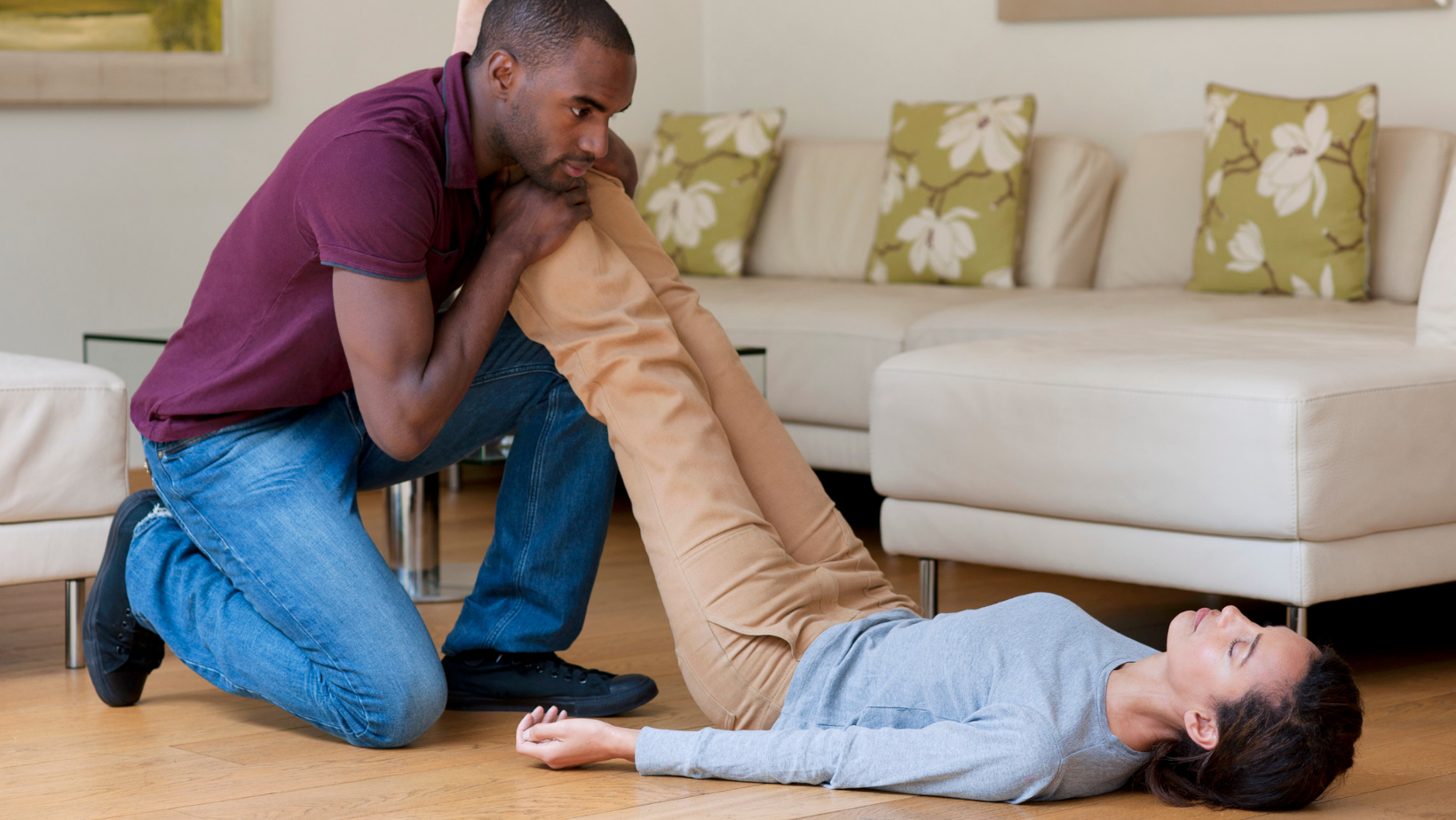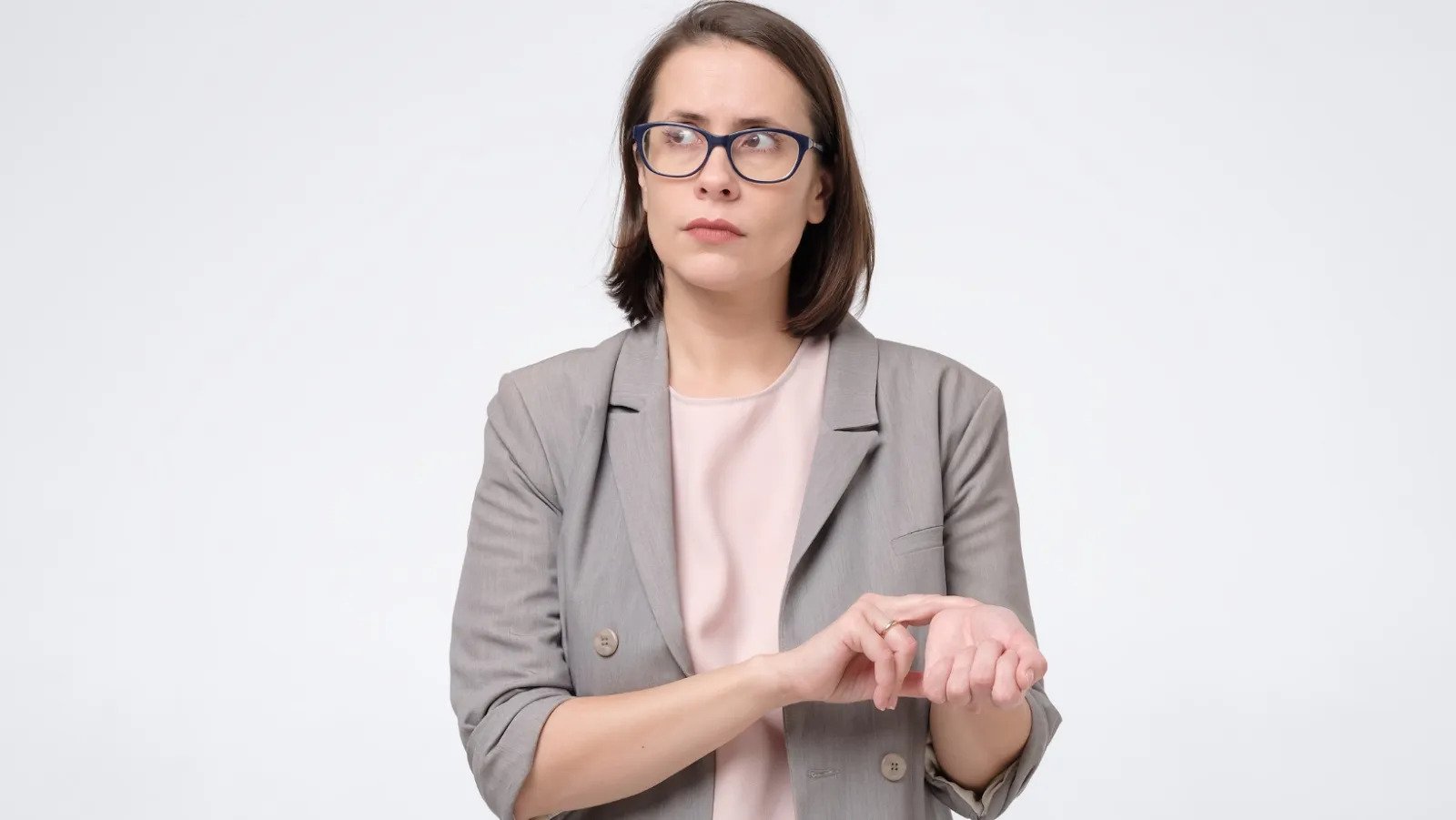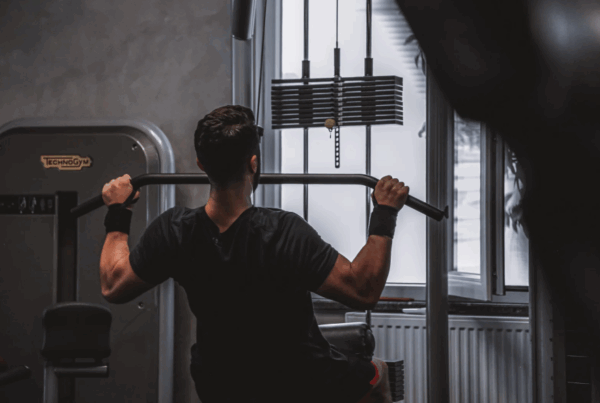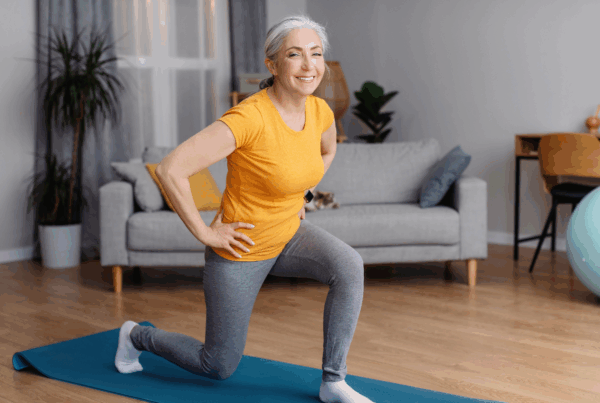Have you heard of a condition called Postural Orthostatic Tachycardia Syndrome? Let us take you on a quick physiology lesson…
The human body is a finely tuned machine. It constantly has to deal with changes within the system; regulating, tweaking, processing, ingesting, excreting, stabilising. It’s an incredible thing, and we don’t give it the credit it deserves!
It does this all to maintain what is known as ‘homeostasis’. Homeostasis can be defined as ‘a self-regulating process by which biological systems maintain stability while adjusting to changing external conditions’ (1). There are a lot of changes in our external environment that the body buffers for us without us even thinking about it – consider how changes in temperature cause sweating in hot weather, and goosebumps in cold weather. Have you ever had to tell your body to do that? Nope. It does it automatically!
Another external stimulus that the body has to deal with is the influence of gravity as we move about in our everyday life. Over the course of the day, we will move numerous times between different postures – from a laying position, to a seated position, to standing, maybe a bit of walking in there, and back to sitting… It all causes changes to the way that our blood volume is distributed around the body. When we stand up, gravity pulls the blood down toward the ground, which means that our heart has to pump a little bit harder, and our blood vessels ‘vaso-constrict’ (become more narrow) to make sure there’s still enough blood getting back to the heart and up to the brain.

In most people, this process is finely tuned enough that we can move about our daily life without even thinking about it. For some people, however, the systems responsible for buffering these changes in posture aren’t operating as they should be. For example, you might have experienced feeling lightheaded or dizzy after standing up too fast? When this happens, the regulatory process that combats gravity’s impacts on the body hasn’t quite kicked in in time, and the brain is momentarily deprived of blood! This is known as orthostatic intolerance.
Postural hypotension is a form of orthostatic intolerance, where these changes in posture cause a sudden drop in blood pressure as the blood moves down towards the lower limbs. POTS is a related, but distinct form of orthostatic intolerance.
What is POTS?
POTS stands for Postural Orthostatic Tachycardia Syndrome – and the name pretty much explains it:
- Postural / Orthostatic – relating to an upright posture
- Tachycardia – a heart rate over 100bpm
- Syndrome – a collection of symptoms occurring together
The sudden increase in heart rate is a response made to try to correct the drop in blood pressure occurring with postural hypotension. In this regard, the increase in heart rate is a useful adaptation to try and get more blood circulating around the body! The problem is that the response is out of proportion to what is needed, causing a ‘tachycardic’ response and a cascade of other symptoms.
To be diagnosed as Postural Orthostatic Tachycardia Syndrome, the heart rate must have increased by >30 bpm above the starting rate within 10 minutes of standing. This may happen immediately or take several minutes to occur. It is distinct from orthostatic hypotension as it is not accompanied by a drop in blood pressure (2).
While the hallmark symptom is the increase in heart rate, POTS is a collection of symptoms. Individuals with POTS may also experience heart palpitations, chest pain, shortness of breath, lightheadedness / fainting, and feeling nauseated. Then there are the non-cardiac symptoms – headaches, fatigue or weakness, brain fog, and sleep disruptions. Exercise intolerance is another big consideration that we need to be aware of as exercise professionals. Similar to chronic fatigue, post-exertional symptoms may persist well after the exercise session is finished.

What Causes POTS?
Postural Orthostatic Tachycardia Syndrome is not a disease, it is a cluster of symptoms (3). Regardless, POTS can be incredibly debilitating and limit people from being able to live life as they usually would.
The homeostatic processes mentioned above are usually regulated by the autonomic nervous system. POTS is therefore caused by dysautonomia – dysfunction of the regulatory system. The heart itself is healthy, but the messages from the ‘control system’ are impaired. In other words – “there’s an issue with the software, not the hardware” (Jen Smallridge).
The cause of this dysfunction is not always known and may occur secondary to other health conditions. It can also occur following a traumatic event or a viral illness and in fact, it has gained a lot more attention lately due to its increased incidence with Long Covid! There are several theories as to how POTS and Long Covid are related – Check out our latest podcast with Jen Smallridge to hear more!
Postural Orthostatic Tachycardia Syndrome is significantly more common in females – a ratio of 5:1 – and typically affects women aged between 15 – 50 years of age (4).
I have POTS… What can I do about it?
While there is no ‘cure’ for POTS, making changes to your lifestyle – through hydration, exercise, and fatigue management – as well as the option of medications, can help to manage symptoms.
… More on this next week!
Keen to learn more?
Listen to our recent podcast with Jen Smallridge, and stay tuned for our blog next week!
- Apple Podcasts: https://podcasts.apple.com/us/podcast/pots-and-other-invisible-illnesses-with/id1585896344?i=1000560434423
References:
-
- https://www.frontiersin.org/articles/10.3389/fphys.2020.00200/full
- https://www.acc.org/latest-in-cardiology/articles/2016/01/25/14/01/postural-tachycardia-syndrome-pots-diagnosis-and-treatment-basics-and-new-developments
- http://www.dysautonomiainternational.org/page.php?ID=30#:~:text=The%20current%20diagnostic%20criteria%20for,the%20absence%20of%20orthostatic%20hypotension.&text=In%20children%20and%20adolescents%2C%20a,increase%20has%20recently%20been%20adopted.
- https://www.healthnavigator.org.nz/health-a-z/p/postural-orthostatic-tachycardia-syndrome-pots/
Author: Yolanda van Vugt Clinical Exercise Physiologist and Content Creator at Specialised Health Supporting material provided by Jennifer Smallridge from Connection Medicine
Let’s connect, find us:
Have you got a claimant that would benefit from E.P. support? Refer to the team!
#exercisephysiology #exerciserehab #rehabilitation #lifeinsurance #incomeprotection #ctp #workcover #mobile #telehealth #telehealthprogram #mobileexercisephysiology #returntowork #fatigue #mentalhealth #cancer #musculoskeletal #pain #physio #physiotherapy #Sydney #Brisbane #Melbourne #Adelaide #Auckland #Waikato #BayofPlenty #Wellington #Otago #Christchurch



